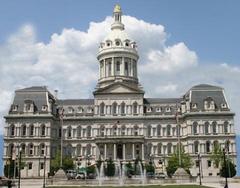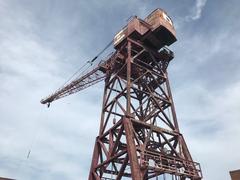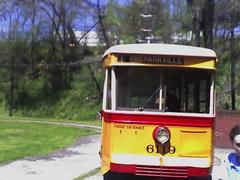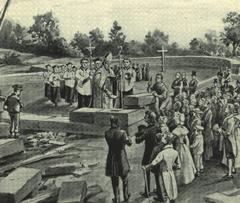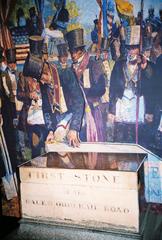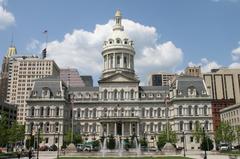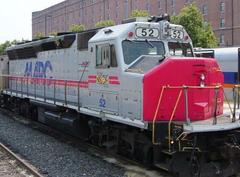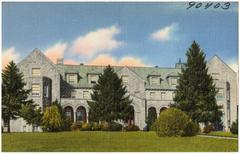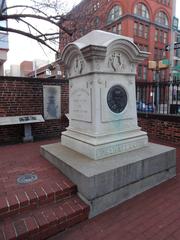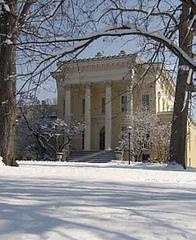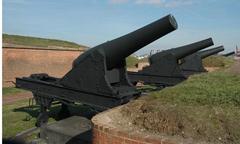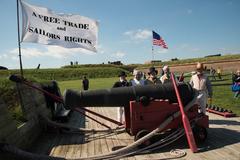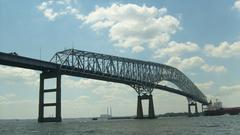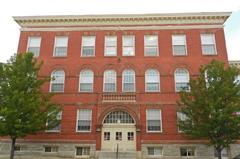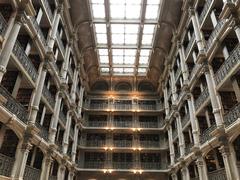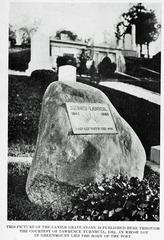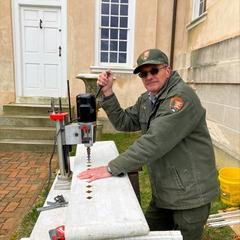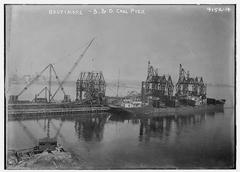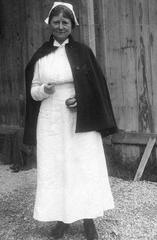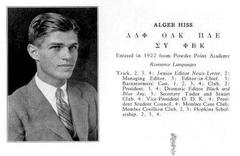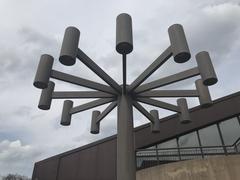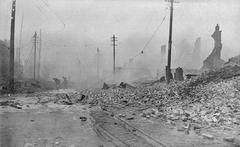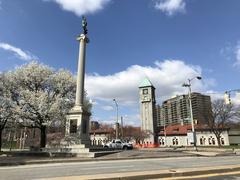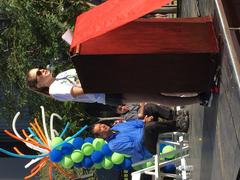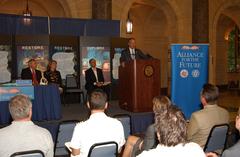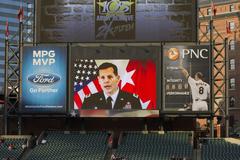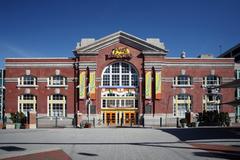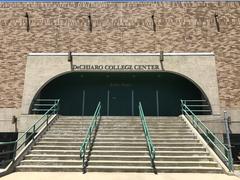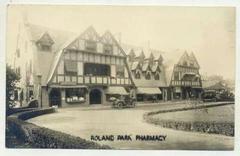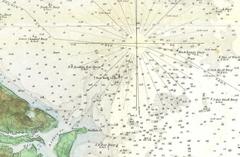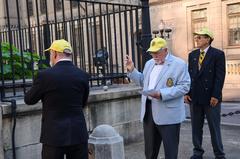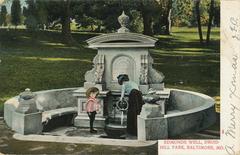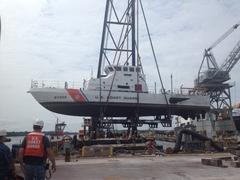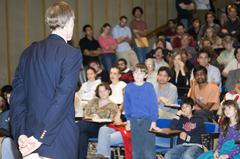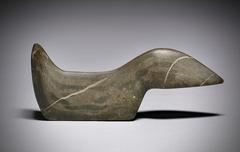Western Run Park: Visiting Hours, Tickets, and Attractions in Baltimore
Date: 14/06/2025
Introduction
Nestled in the picturesque landscapes of Baltimore County, Maryland, Western Run Park stands as a premier destination that blends historical significance, ecological diversity, and vibrant community recreation. This detailed guide provides everything you need to know about visiting Western Run Park, including its storied past, essential visitor information, recreational highlights, ecological and cultural value, and tips for making the most of your experience.
Historical Overview
Early Settlement and Land Grants
Western Run Park occupies land steeped in colonial history. In the 18th century, Baltimore County was organized for European settlement, with land grants issued under Lord Baltimore’s authority to encourage agricultural development and settlement (Historical Society of Baltimore County). The Western Run stream shaped the area’s growth, with parcels surveyed for farming—Joseph Bosley’s 200-acre acquisition in 1764 is one notable example.
Agricultural Heritage and Prominent Farms
By the late 1700s and early 1800s, this region became a thriving agricultural district. Notably, Hayfields Farm, established by Nicholas Merryman Bosley around 1811, gained regional acclaim for its productivity and innovation (HSOBC, p. 2). The landscape’s rolling fields, stone fences, and stately farmhouses—many of which remain today—reflect its enduring rural character.
The Western Run–Belfast Road Historic District
The park is part of the Western Run–Belfast Road Historic District, listed on the National Register of Historic Places. This district preserves an agricultural landscape largely unchanged since the 18th century and includes the historic village of Butler (Maryland Historical Trust).
Waterways and Infrastructure
The Western Run stream remains central to the park’s ecology and history, influencing settlement patterns and agricultural practices. Infrastructure improvements through the 19th and 20th centuries increased accessibility while preserving the rural landscape (Baltimore City Comprehensive Master Plan).
Preservation and Modern Role
Today, Western Run Park reflects Baltimore County’s commitment to preserving both cultural and natural heritage. With over 50 National Register Historic Districts in the region, the park is a living testament to the area’s agricultural roots and community spirit (Baltimore City Comprehensive Master Plan, p. 26).
Notable Figures
The Bosley and Merryman families, along with John Merryman of Hayfields Farm, played significant roles in shaping the community, with involvement in local and national events such as the Civil War (HSOBC, p. 9).
Ecological Significance
Habitat Diversity
The park’s mosaic of riparian woodlands, upland forests, and meadows supports a remarkable diversity of plants and animals. Riparian zones filter water before it enters the Chesapeake Bay, and upland forests with native hardwoods provide vital habitats (Maryland DNR).
Biodiversity and Conservation
Western Run Park is a crucial refuge for Maryland’s native species, helping sustain over 16,000 statewide plant and animal species. Its natural communities protect biodiversity, support ecosystem functions, and offer resilience against environmental stressors (Maryland DNR, GVI).
Ecosystem Services
The park’s forests and wetlands mitigate flooding, improve air and water quality, and offer recreational and educational opportunities. Access to these natural spaces also enhances public health and community well-being (GVI).
Cultural and Community Value
Community Identity
Western Run Park maintains a strong rural identity, with ongoing family farming and community traditions, especially in the Butler village area (Wikipedia: Western Run–Belfast Road Historic District).
Educational and Interpretive Opportunities
Interpretive signage and seasonal programs provide educational experiences about local ecology, conservation, and regional history. The park’s proximity to institutions like the Maryland Center for History and Culture enables integrated cultural exploration (Maryland Center for History and Culture).
Community Engagement
Local residents and organizations participate in park stewardship, restoration projects, and cultural events, reinforcing Western Run Park as a focal point for community pride and sustainability.
Accessibility and Inclusivity
Trails and facilities are designed for visitors of all ages and abilities, aligning with Baltimore’s equity and inclusivity goals (Baltimore.org).
Visitor Information
Visiting Hours
- Open daily, year-round from dawn to dusk.
Admission and Tickets
- Free admission; no tickets required for general entry.
- Special events or guided tours may require separate registration (official park website).
Directions and Parking
- Accessible by car with ample parking at main entrances.
- Public transit options are limited; ride-shares are recommended for those without vehicles (snoflo.org).
Accessibility
- Major trails and amenities are wheelchair accessible.
- Contact the park office for information about accessible routes and facilities.
Travel Tips
- Visit in spring or fall for the best weather and scenery.
- Bring water, snacks, insect repellent, sun protection, and a camera.
- Binoculars are recommended for birdwatching.
- Dogs are welcome but must be leashed.
Park Features and Attractions
Natural Setting
- Rolling meadows, mature forests, and a scenic stream corridor.
- Native wildflowers and diverse bird populations.
Trail System
- Multi-use trails for hiking, jogging, cycling, and horseback riding.
- Well-marked routes ranging from 1 to 3 miles; part of the broader greenway network (Maryland DNR).
Picnic and Recreation Areas
- Designated picnic spots with tables and benches.
- Playgrounds for children, open grassy fields for recreation.
Sports Facilities
- Basketball, tennis, and multi-purpose fields for soccer and other activities.
Water Features and Environmental Education
- Western Run stream offers fishing and nature observation.
- Educational signage and programs about local ecology and watershed conservation.
Wildlife and Birdwatching
- White-tailed deer, foxes, turtles, and a rich variety of birds.
Community Events
- Seasonal festivals, outdoor concerts, fitness classes, and stewardship days.
- Participation in statewide initiatives like the “25 in 2025” Adventure Challenge (Maryland State Parks Adventure Challenge).
Amenities
- Restrooms, drinking fountains, wayfinding signage, and pet waste stations.
Safety and Regulations
- Leash laws for pets; restrictions on fires and alcohol.
- Park rangers on duty; visitors encouraged to follow Leave No Trace principles.
Nearby Attractions
- Connects to the Jones Falls Trail, Cylburn Arboretum, and Mount Washington Village.
- Close to Baltimore’s historic neighborhoods and cultural venues.
Frequently Asked Questions (FAQ)
Q: What are the park’s visiting hours?
A: Daily from dawn to dusk.
Q: Is there an entrance fee?
A: No, general admission is free.
Q: Are pets allowed?
A: Yes, leashed pets are welcome.
Q: Are facilities accessible?
A: Major trails and amenities are accessible; check with the park office for details.
Q: Can I reserve picnic areas?
A: Some areas can be reserved through Baltimore City Department of Recreation and Parks.
Q: Are there guided tours or events?
A: Yes, check the park’s website for seasonal programs and guided walks.
Visuals and Media
High-resolution images, interactive trail maps, and virtual tours are available on the Baltimore City Recreation and Parks website. Alt tags such as “Western Run Park historic stone bridge” and “Baltimore County natural hiking trail” help with accessibility and SEO.
Plan Your Visit and Get Involved
Experience the intersection of Baltimore’s history, nature, and community at Western Run Park. Whether hiking, birdwatching, or attending a local event, the park offers enriching experiences for all. For an enhanced visit, download the Audiala app for guided audio tours, event updates, and more. Follow Western Run Park on social media and share your experience using #WesternRunPark.
Additional Resources
- Historical Society of Baltimore County
- Maryland Historical Trust
- Maryland Department of Natural Resources
- Baltimore City Recreation and Parks
- Baltimore City Comprehensive Master Plan
- Official Western Run Park Website
- Baltimore.org: Must-Do Experiences
- Baltimore Heritage
- Maryland Center for History and Culture
- GVI - Importance of Conserving Habitat

